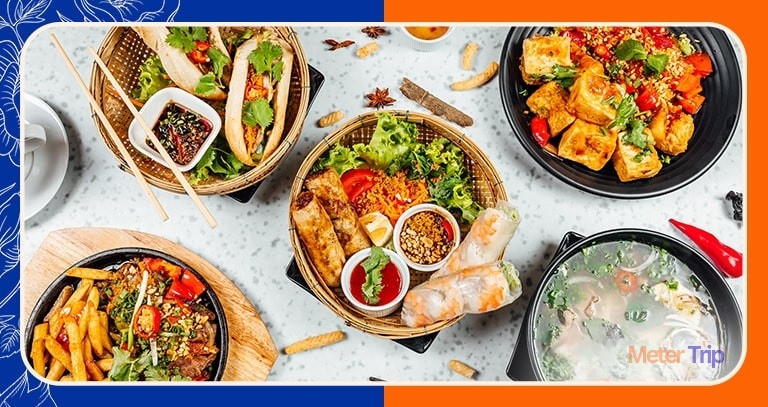Vietnamese traditional dishes form a vibrant tapestry of flavors and textures, blending sweet, salty, sour, and spicy elements harmoniously. Each region serves unique dishes that reflect the country’s rich cultural heritage. From the bustling streets of Hanoi to the lush landscapes of the Mekong Delta, locals prepare Vietnamese food in ways that are both diverse and deeply meaningful.
Stir-Fried Vegetables: Healthy & Crisp Vietnamese traditional dishes
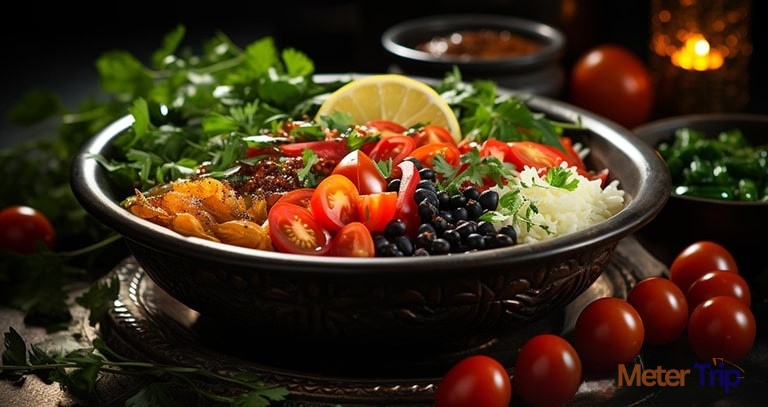
Stir-frying is a popular cooking method in Vietnamese cuisine, known for preserving the crispness and nutrients of vegetables. Vietnamese stir-fried vegetables often feature a mix of colorful vegetables like bell peppers, carrots, snow peas, and bok choy, tossed in a light sauce made from soy sauce, garlic, and ginger. This dish is not only a staple in Vietnamese households but also a testament to the cuisine’s emphasis on fresh, healthy ingredients.
Furthermore, Vietnamese stir-fried vegetables are not only delicious but also incredibly easy to prepare. With just a few simple ingredients and a hot wok or frying pan, you can create a vibrant and flavorful dish in minutes. The key is to cook the vegetables quickly over high heat, ensuring they retain their crunch and vibrant colors. This cooking technique, combined with the aromatic flavors of garlic and ginger, makes Vietnamese stir-fried vegetables a must-try for anyone looking to explore the rich and diverse world of Vietnamese cuisine.
Rice Dishes: The Heart of Vietnamese Meals
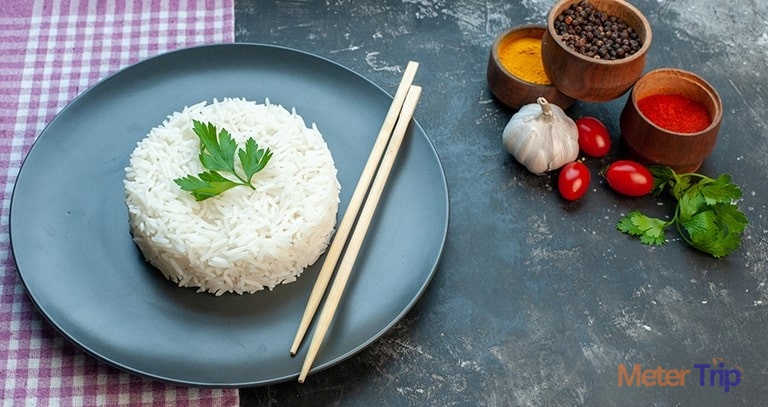
Rice is the cornerstone of Vietnamese cuisine, serving as the foundation for many iconic dishes. Whether it’s the classic broken rice plate (Cơm Tấm) served with grilled pork and pickled vegetables or the beloved Vietnamese pork chop rice, rice is an integral part of the Vietnamese culinary experience. It’s not just about the rice itself but how it’s paired with other ingredients to create a harmonious and satisfying meal.
Southern Vietnam locals consider the broken rice plate a staple, featuring small, fragmented rice grains that deliver a unique texture and flavor. Chefs often serve this dish with marinated grilled pork, a fried egg, and a mixture of pickled vegetables, creating a perfect balance of flavors and textures. On the other hand, restaurants across the country serve Vietnamese pork chop rice as a popular dish, offering succulent pork chops marinated in a blend of spices over a bed of fluffy rice.
Thịt Kho Tàu: Pork Belly & Egg Vietnamese traditional dishes
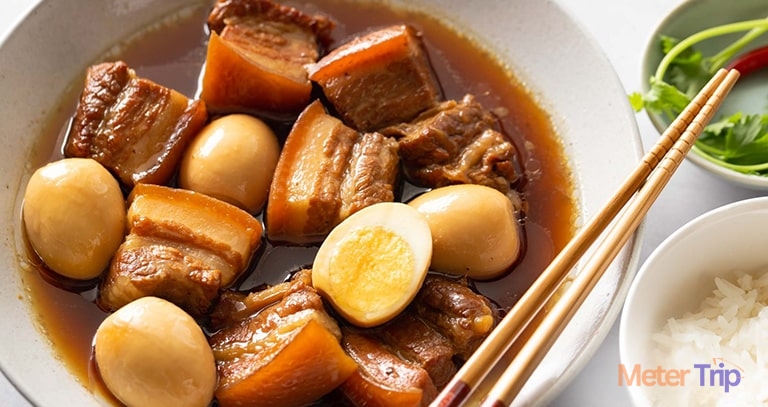
A comforting and hearty dish, Vietnamese pork belly and egg (Thịt Kho Tàu) is a beloved comfort food. Slow-cooked pork belly is simmered in a caramelized sauce with hard-boiled eggs, creating a rich and savory flavor profile. This dish is often enjoyed during Lunar New Year celebrations and family gatherings, symbolizing prosperity and togetherness.
This dish is comfort food in Vietnam. Slow-cooked pork belly and boiled eggs simmer in a caramelized mix of fish sauce, sugar, and coconut water. Rich, tender, and full of flavor, it is often enjoyed with rice.
Also popular during family gatherings and special festivals.
Bánh Xèo: Sizzling Pancakes
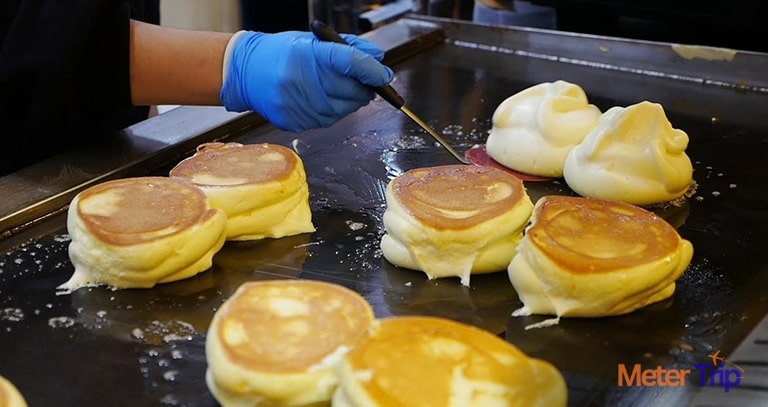
Bánh Xèo translates to “sizzling cake.” It’s a crispy pancake made with turmeric batter, filled with shrimp, pork, bean sprouts, and herbs. Often folded and wrapped in lettuce or rice paper, served with a tangy dipping sauce.
It’s street-food fun that mixes textures and flavors in every bite.
Dishes to Cook at Home
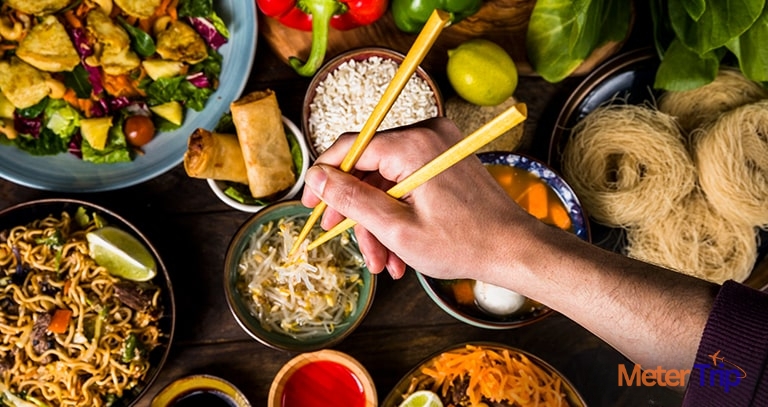
Vietnamese chicken bun (Bún Gà) is a light and refreshing noodle dish, perfect for a quick lunch or dinner. It features tender slices of chicken served over rice vermicelli noodles, accompanied by fresh herbs, crisp vegetables, and a tangy dipping sauce. This dish is a great way to experience the balance of flavors that is characteristic of Vietnamese cuisine.
On the other hand, Vietnamese pork meatloaf (Chả Lụa) is a popular ingredient in many Vietnamese dishes. Made from finely ground pork, wrapped in banana leaves, and steamed to perfection, this meatloaf has a unique texture and flavor that adds depth to any meal. Whether sliced and served with rice, or used as a filling for sandwiches and spring rolls, Vietnamese pork meatloaf (Chả Lụa) is a versatile and beloved component of Vietnamese cooking.
Southern Vietnamese Flavors
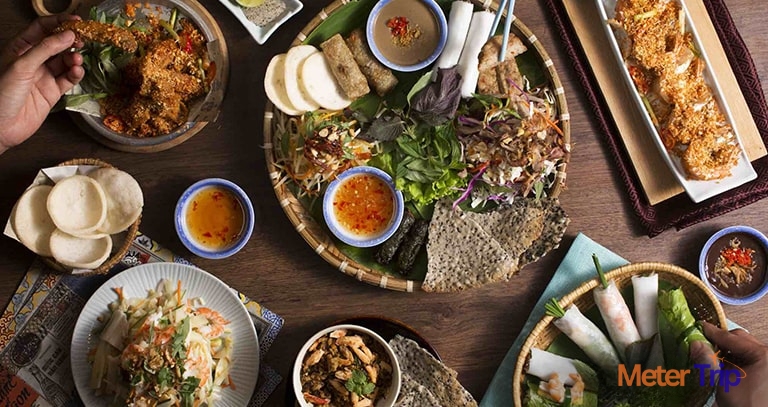
The southern region brings a sweeter, herbaceous, and aromatic style to Vietnamese cuisine. Dishes like Bún Bò Huế (spicy beef noodle soup) stand out with bold broths and fresh herbs. Seafood, sugar, and freshness define cuisine in the more tropical coastal and delta areas.7. Vietnamese Fried Tofu & Light Bites
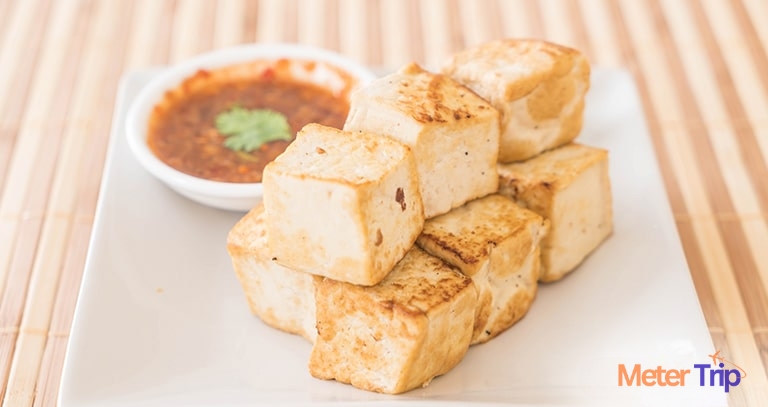
Many Vietnamese meals feature tofu—chefs fry it, add it to soups, dip it, or toss it in stir-fries. Its mild flavor makes it very versatile. A piece of fried tofu paired with a lime-chili dipping sauce offers a simple yet satisfying dish.
It also provides vegetarians with a great option when exploring Vietnamese cuisine.
Desserts & Sweet Endings
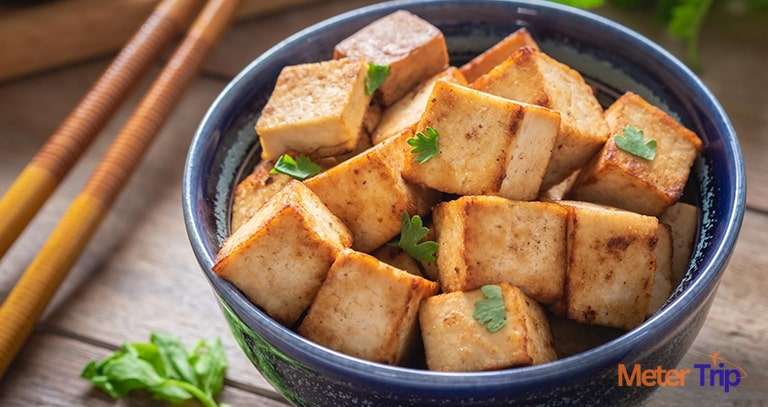
Vietnamese sweets tend to be light, refreshing, or subtly sweet. Examples:
-
Tàu Hũ (silky tofu dessert with ginger syrup)
-
Fried pastry rolls with sweet or savory fillings
-
Sweet soups or cold treats, especially in warmer climates
Desserts provide a gentle finish to meals—never too heavy, but full of flavor.
Conclusion
Vietnamese traditional dishes are more than just food—in fact, they tell stories, reflect culture, and preserve generations of recipes passed down through families. Moreover, every bite reveals something about the place, the people, and their traditions.
For example, dishes like Phở or Bánh Mì showcase regional flavors and culinary heritage. Similarly, desserts and snacks highlight local ingredients and cooking techniques. Therefore, exploring Vietnamese cuisine helps you gain a deeper understanding of its culture. If you’ve never tasted Bánh Xèo or Thịt Kho Tàu, now is the perfect time to try them. Consequently, try one new Vietnamese dish this week—you might discover your new favorite.
For More Blog:-Macy’s Unveils Fashion’s Future

